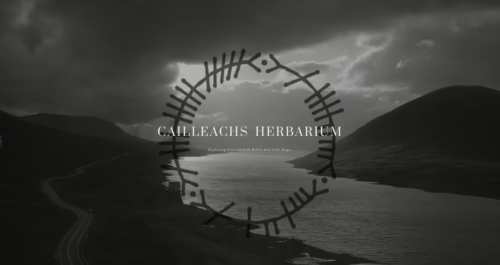We are looking for people like you to help protect vulnerable or at risk community or folk heritage sites such as wells, springs, ancient monuments, cairns, meeting places, caves and more all over Scotland.
You might be wondering what our expectations are for members, site monitors and custodians. Below we’ve done our best to answer your questions as best we can. If you still have questions please just contact us and we’ll answer them for you
Download the membership Leaflet
What’s the difference between a member, a site monitor and a custodian?
We want everyone to be involved with the network and for it to take as little or as much time as our collective volunteers are able to provide. Some people might just like to know what’s going on and and attend some of our events and give a hand now and again. Thats great and we refer to those as members. You can sign up as a member by simply subscribing to our newsletter.
Some people might just want to keep an eye on a site for damage, litter, or other reasons such as becoming overgrown or chocked out by vegetation. This is what the network would class as a site monitor and requires you to have a site known to you, you would like to keep an eye on. Maybe it’s part of your local walk with your dog or somewhere a little future afield.
Other folk may wish to be more elaborate. This could be exploring the folklore of the place and its local history to build a portfolio of its history and lore we could share on the website or others in our network if you so wish. You may want to get the local community involved and look to encourage use of the site once more through events, stories and or talks. These activities are as endless as your imagination but are more involved than monitoring. For this reason, the network calls this custodian work.
Just to remind you you can become a member by subscribing to our newsletter. If you’d like to be a site monitor or a custodian you can sign up to do this through the Get Involved page and filling out the form.
Conservation or restoration what’s the difference?
The primary work of the network is a focus on conservation. This means careful case by case basis consideration of what needs to be done. We can work with you and the land owner to explore what this might look like and is the “everyday” activity of the network.
Other folk might identify a site so damaged and neglected restoration work might be required. We ask, if this is how you feel about a certain site, you contact us and not to take this work on by yourself. Restoration of community heritage sites is a time intensive, sensitive process and requires input from professions – such as archeologists, historians, architects, traditional builders etc. to be done with care and sympathy. For this reason, we will only be looking to restore a maximum of one site per year (depending on funds raised) We would love to hear from you if this is something you think the site would benefit from.
How does the process to become a member or site monitor/custodian work?
To become a member you simply need to sign up for our newsletter. All site monitors and folks wishing to be custodians automatically become members.
You have identified a site you think needs to be conserved or restored. Identifying this is the first step of a process.
The process of developing a relationship with a community or folk heritage site can be short form or long form depending on who “owns” the site and the challenges and barriers and what activities will be undertaken there. You can read more about this in our valueWoven land Network Values section.
Once you have identified a site please fill in the pro-forma on the get involved page. Try to answer as many questions as you can.
At this early stage it can help to take photographs date marked to show the current situation and state of repair etc. What is it you think needs to be carried out to conserve the site? It is also useful to alert us to anything a little risky at the site such as electric fences or steep slopes etc. There’re some useful suggestions in our wildcrafting guidelines.
The network will discuss this with you via your preferred contact method to see how involved you’d like to be and what thoughts you have etc. Once we have an idea of what needs to occur. The network coordinator or regional lead will then find out and contact the current ‘owner’ of the folk heritage site to discuss access and or arrange a meeting and let them know what we are thinking. This is part of the on-going conversation around a site and building community and is really important. You are of course welcome to attend these meetings or be part of the conversations, but they might be slow moving and frustrating at this stage depending on the situation.
Please check out our values to see what we value in network members and how they interact with the community.
It might help at this point if you have a little history about the site. It would help highlight the importance of it to local heritage and the local community. This kind of information can help persuade people who own the site/s of its importance and heritage and why upkeep of the site could be beneficial. You can explore this guide on how to find out this information and what resources are available.
A lot will depend on these initial discussions. We can’t progress beyond activities like litter picking without some sort of permission or understanding. Each site will be situation specific, but we are here to support you.
Providing we get permission from the site “owner” we then need to look at a programme of work the area might need. This might include litter and rubbish clearing. Ground maintenance and clearing of vegetation or any other number of things you and the local community might like to see happen.
This will be in discussion with the owner and those in the local area who may or may not be part of the network. Each of these will be bespoke to the site and no hard and fast approach is given, as each site will be unique. Our collective of volunteers will be happy to help with these activities if would like more people involved.
Please remember, as a member we uphold our valuWoven land Network Valueses in dealing with all people and sites at all stages of the process.

